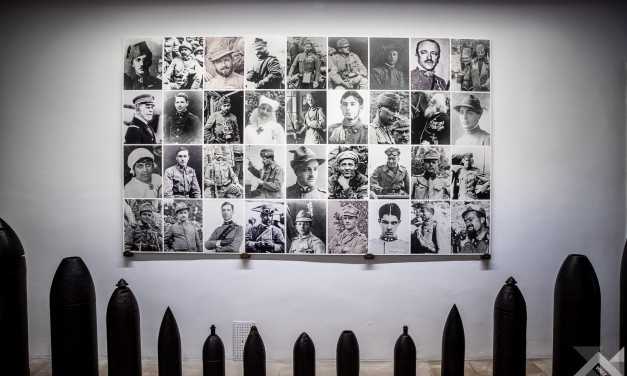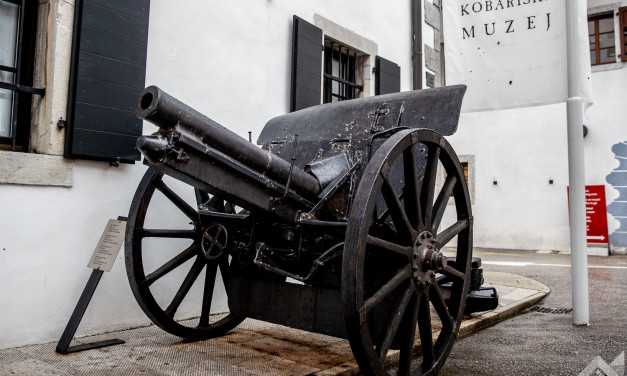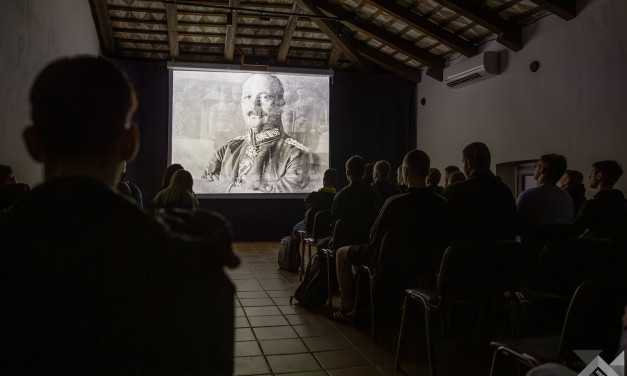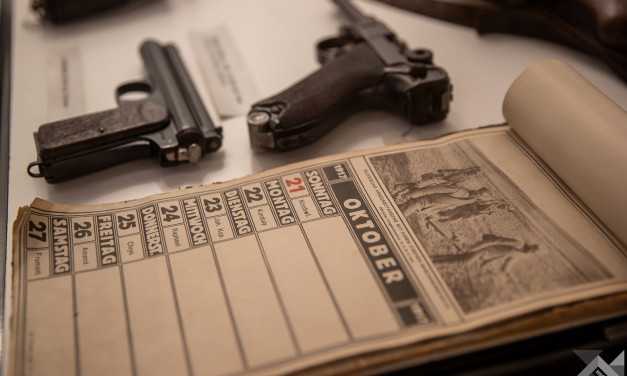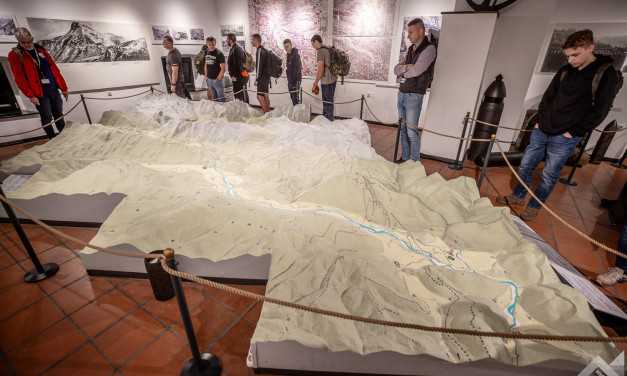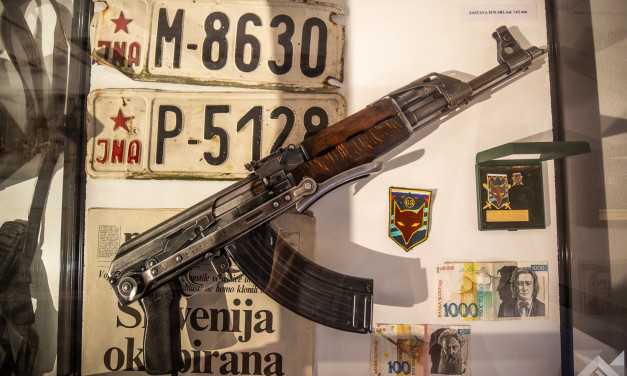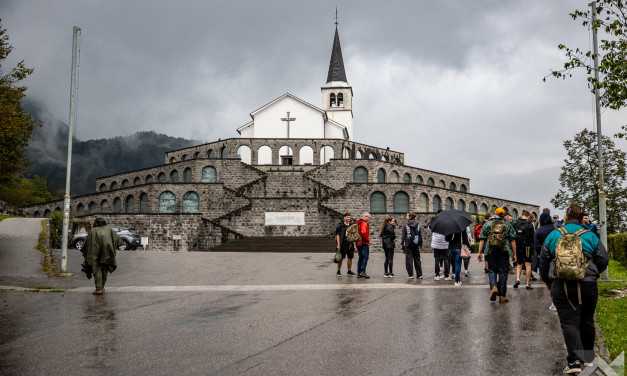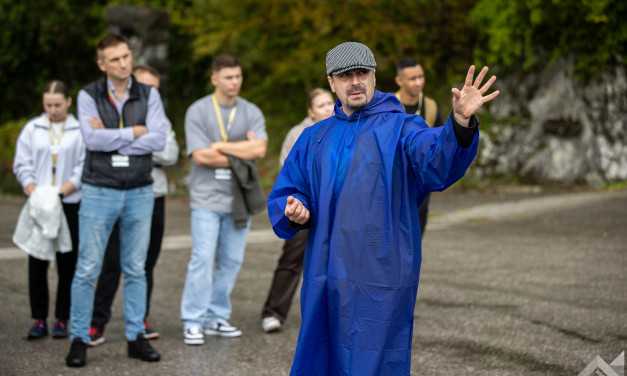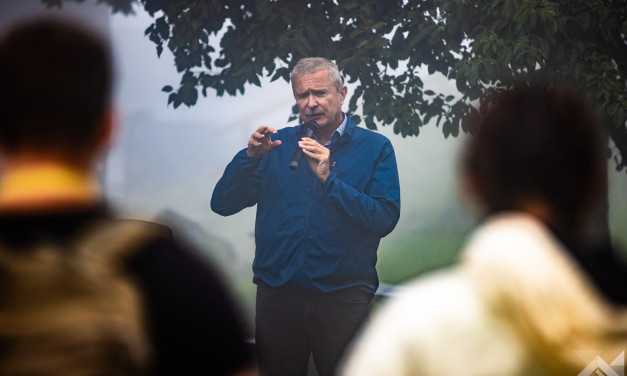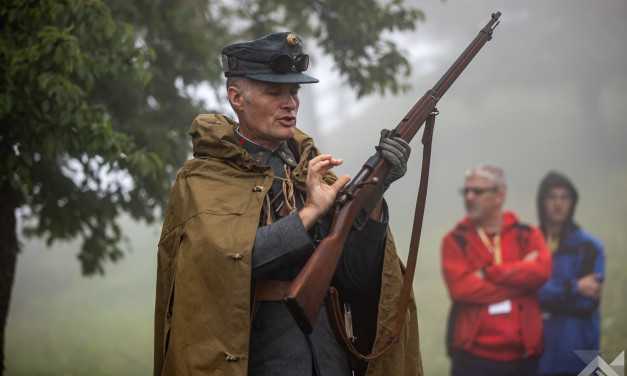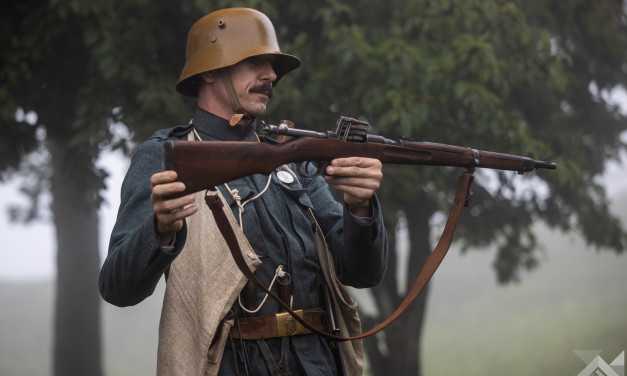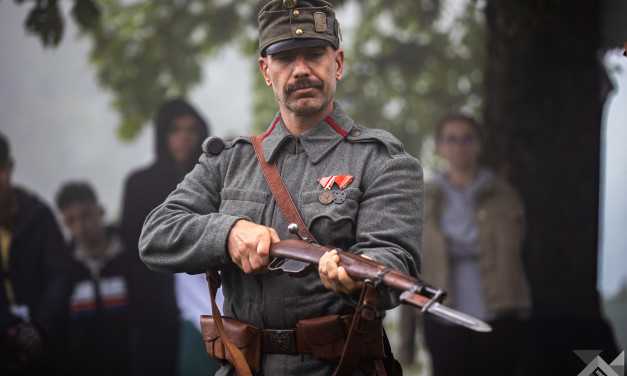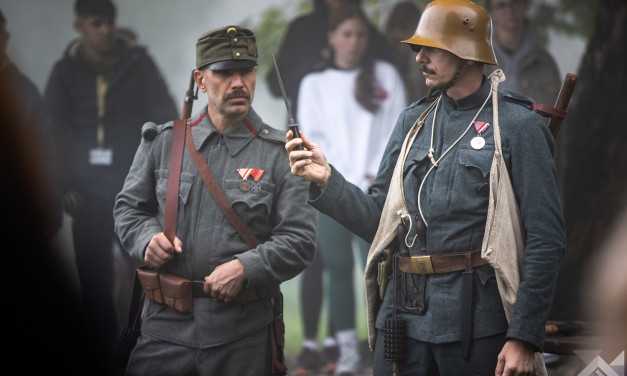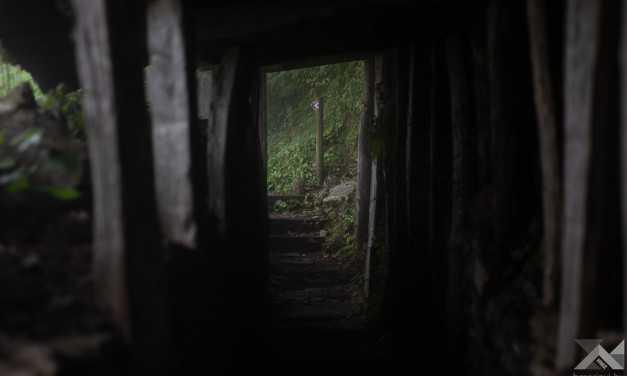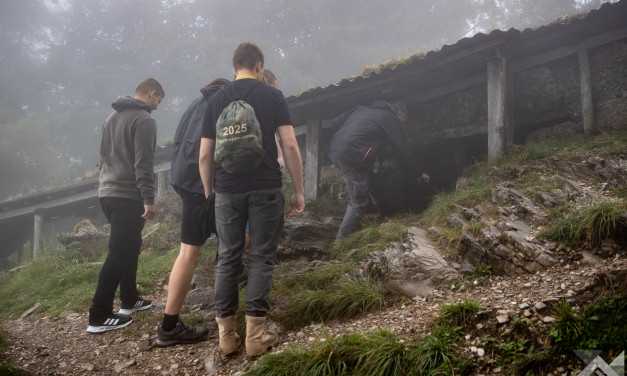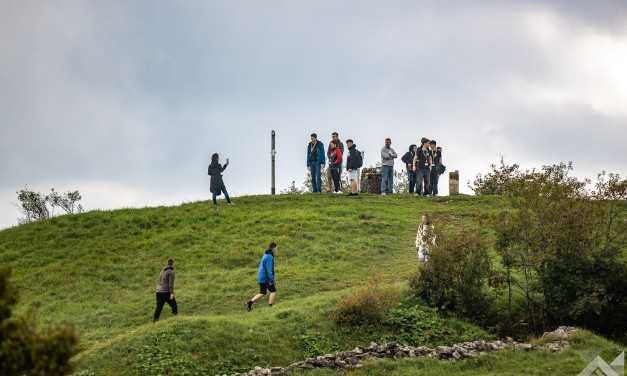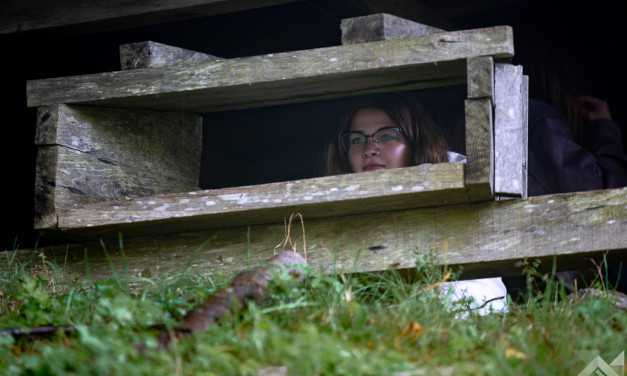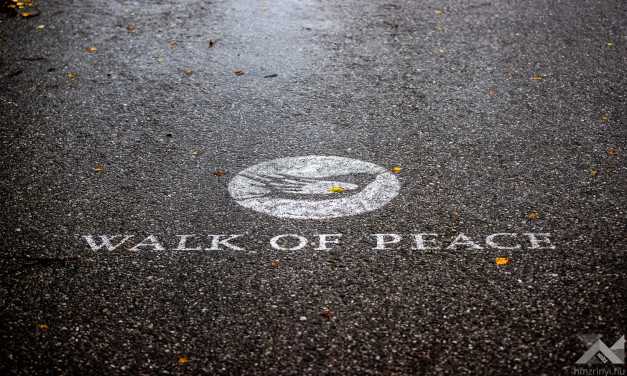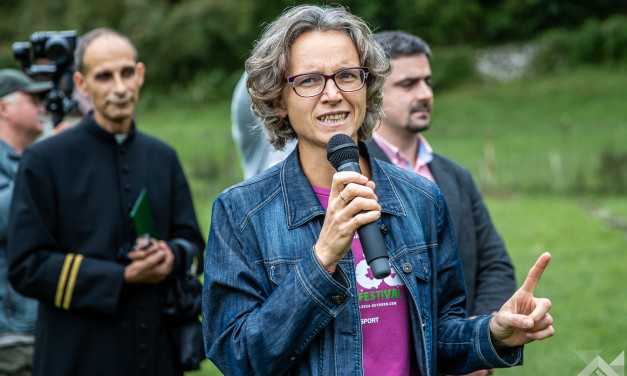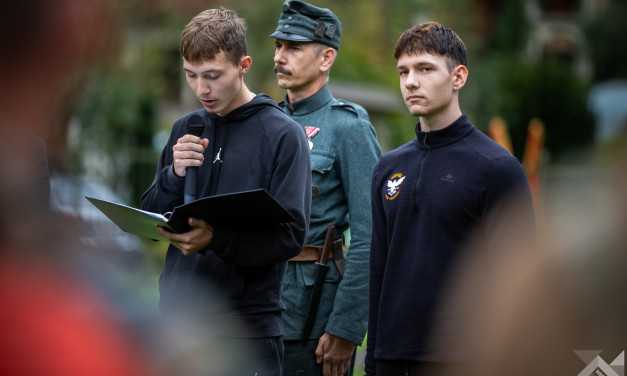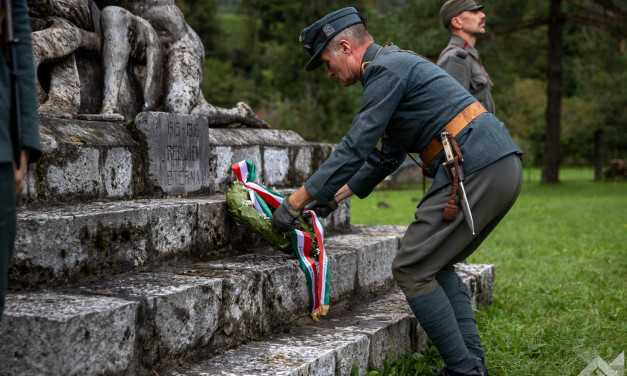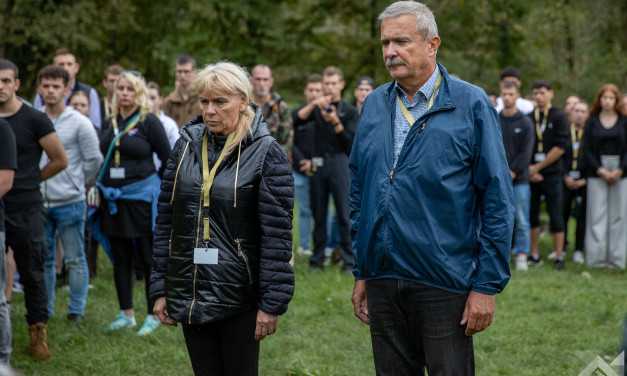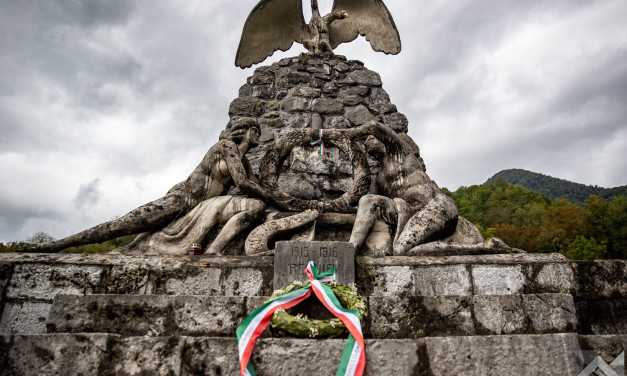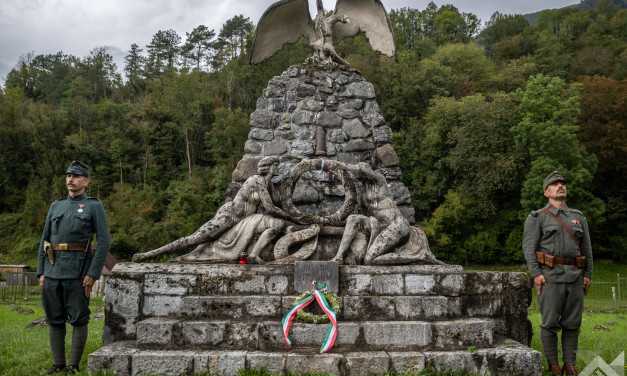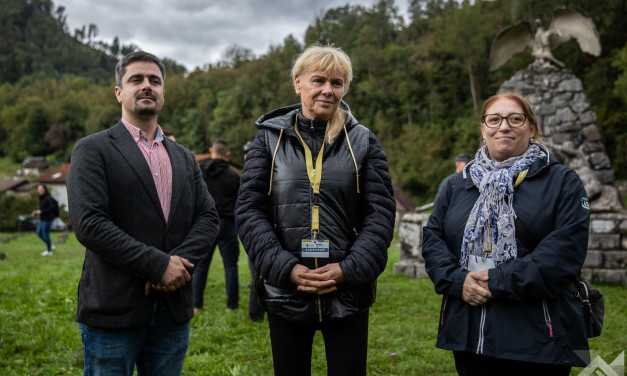“Soldiers don’t fight for war but for peace”
110 years, 110 students
Text: Bettina Sin | Photo: Ákos Pintér | 15:12 September 18, 2025The area of River Isonzo was the venue of one of the cruelest and most senseless bloodbaths of the First World War, where hundreds of thousands of troops fell or got wounded during the fights. 110 years after opening the third front of the Great War, 110 Hungarian students are paying tribute to the heroes’ memory at memorial sites in the area. On the first day of their visit, they explored the town of Kobarid, the Outdoor Museum in Kolovrat and the Austro-Hungarian military cemetery in Loče.
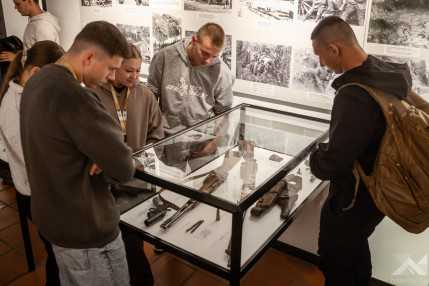
“Remembering the ancestors is very important, as the present and the future feed on the past. This memorial hike is an extraordinary history class, which teaches young people through experiences” – this was how Andrea Aranykovács, Head of Division for Cultural and Social Relationships, MoD Department for Defence, Educational, Cultural and Science Organization, a main organizer of the memorial hike welcomed the participants.
The students first visited the Kobarid World War I Museum, which presents the memories of the Isonzo Front. The exhibition comprises original objects, photos, military equipment and maps, as well as an intriguing sand table, which vividly displays the military operations conducted in the area. Despite the heavy rain, everybody walked up to the ossuary towering over the town, which is the final resting place of those Italian troops who fell on the Isonzo Front. The monumental structure preserves the names and mortal remains of more than 7000 Italian soldiers. The students walked around the silent and deeply moving place in reverence.

In what followed, the participants visited the Outdoor Museum on the Kolovrat mountain ridge, which shows one of the best-preserved sections of the front. On this site, the visitors can see reconstructed trenches, observation posts, machine gun nests, tunnels and commanders’ bunkers. Here, the panoramic view over the Soča Valley and the Italian areas along the border is breathtaking on the one hand, and on the other, it gives an exceptional insight into how difficult the circumstances of the fights were. Botond Tóth, a student from Diósgyőr Secondary School, Miskolc told us that his great-great-grandfather had also served here.
“József Randli was a lance corporal in the Imperial and Royal 34th Infantry Regiment. After the Isonzo battles, he was held in captivity in Verona, and then went to Kosice, and from there to Szekszárd, where he got to know my great-great-grandmother – told us the student. “It is a good feeling that I can follow in his footsteps, I’m very proud that he was fighting here in defence of the homeland.”
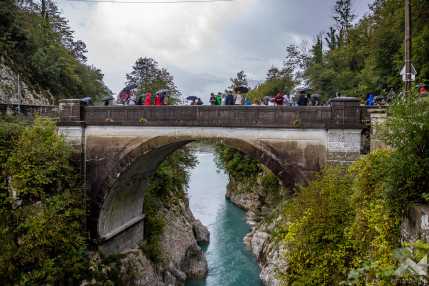
The day ended in the Austro-Hungarian military cemetery near Loče. Here, some 3000 Austro-Hungarian troops lie at the edge of the quiet village. The carefully cared-for, simple graves in the cemetery preserve the heroes’ memory. This place is worthy of bowing heads, so the participants of the hike laid a wreath by the memorial erected here while soldier-re-enactors were honoring the fallen.
In his speech, Military Historian Colonel Dr. Lajos Négyesi, Associate Professor at the Ludovika University of Public Service drew attention to the importance of striving for peace.
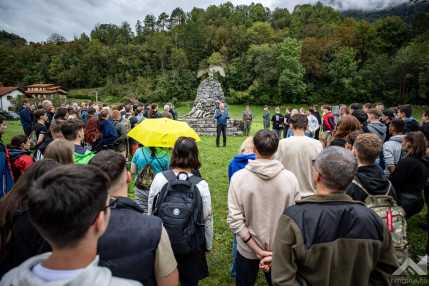
“Today, the rain is accompanying us on our road, but these drops may be tears. Teardrops of joy falling from the sky, of those soldiers who fell here and are glad to see that we remember them to the present day. Those fighting here were simple men who desired peace while dreaming of a home and family. You, many of whom will become soldiers, should keep this point in mind: soldiers never fight for war – they fight for peace. We, Hungarian soldiers are the happiest when there’s peace, when our families and our people can live in safety. And the ones who rest here wanted the same, too” – this was how Colonel Négyesi closed his speech and the day.
The Isonzo Front ran between the Austro-Hungarian Monarchy and Italy at the time of the First World War, between 1915 and 1917. This sector of the front was the bloodiest part of the Italian theatre of war, where the opponents fought 12 major battles on an extraordinarily difficult, mountainous terrain. The Italians’ objective was to occupy Trieste and the south-eastern territories of the Monarchy, whereas the Austro-Hungarian military was on the defensive. It was the adverse weather conditions, the steep mountainsides, as well as the logistic challenges that made these fights especially testing.
